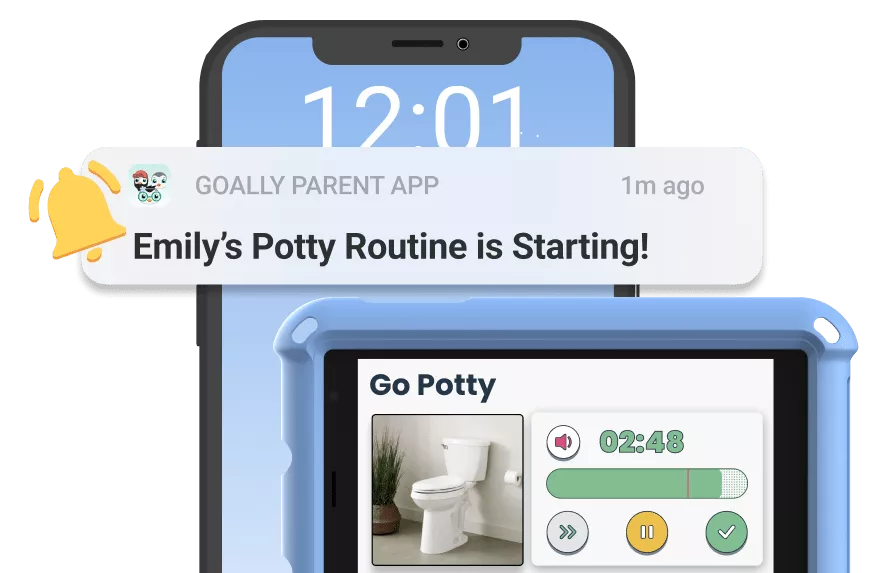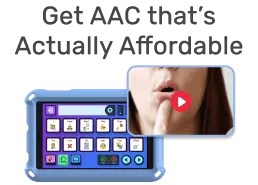Parents, we all know the drill. The simple act of washing hands has been drilled into us since we were kids, and now, as caregivers, it’s our turn to pass on this vital life skill. Above all, ensuring our kids learn to maintain good hygiene is undoubtedly paramount amidst all the challenges of parenting. And washing hands is step one. For those visual learners in the family, we’ve got a Goal Mine class video for the little hands to watch and learn. But, for now, here’s a step-by-step task analysis for washing hands.
Table of Contents
Step 1: Wash After Using the Bathroom
- Why it’s essential: After using the bathroom, hands are a breeding ground for germs. Teaching kids to wash post-bathroom is crucial. But let’s clarify something: it’s not just about health. It’s about fostering a sense of responsibility and routine in our young ones. Every time they make a bathroom trip, remind them that what comes next is just as vital. It becomes a habit, an automatic response.
- Tips for parents: For example, place hand-washing charts or fun stickers near the sink. These act as reminders. Make it a game! Challenge your kids: “Who can make the most bubbles?” Similarly, let them choose a soap with a scent or character they like. Personalizing the process can make a difference.
| Step Number | Step Title | Task Analysis for Washing Hands |
|---|---|---|
| 1 | Wash After Using the Bathroom | Hands are a breeding ground for germs post-bathroom. Cultivate a habit of washing immediately after. |
| 2 | Wash Before Eating | Before meals, ensure hands are clean to prevent transferring dirt and microbes to food. |
| 3 | Use Water and Soap | Water cleans, but soap breaks down grease and fights germs. Combine both for effective cleaning. |
Read more: Teach Kids How to Wash Clothes
Step 2: Wash Before Eating
- Why it’s crucial: Think about where those tiny hands have been before mealtime. On the playground, petting the dog, or even playing with toys. Now, picture them reaching for a sandwich. Unwashed hands mean transferring all that to their food. But, more than hygiene, washing hands before meals is about respecting what we consume and understanding its value.
- Tips for parents: Set up a hand-washing station near the dining area. That way, kids won’tcan take a short walk to the bathroom. Similarly, if you’re dining out, keep wet wipes handy. It sends the message clean hands before meals are non-negotiable no matter where we are.

Read more: Hand Washing Steps for Kids
Step 3: Use Water and Soap
- Why it’s crucial: Water alone doesn’t cut it. Firstly, soap helps break down the grease and dirt that water can’t tackle. Secondly, it’s your best bet against harmful germs. Scrubbing with soap creates friction, which helps lift dirt, grease, and microbes from the skin.
- Tips for parents: Teach the “Happy Birthday” trick. Have them scrub their hands with soap for the time it takes to sing the song twice. It ensures they’re washing for an adequate amount of time. Above all, use a mild, kid-friendly soap to prevent skin irritation. During colder months, apply a moisturizer afterward to avoid dry skin.
Read more: Hygiene Tips for Kids With Autism
Goally | 100+ Streaming Video Classes
Does your child need some extra guidance on building essential life skills? Goally’s skill building tablet for kids includes a TV app that has the most robust video library of skills training videos for kids. Ranging from content like “How to Brush Your Teeth” to “How to Make Friends at School,” we have dozens of interactive video lessons for kids with thinking and learning differences.

HERE’s a video explaining how to works.
Hand washing, in essence, is an indispensable skill. As caregivers, our role is instrumental in inculcating this practice in our children as a routine, not merely a chore. For anyone seeking a comprehensive understanding of it, consider exploring handwashing through task analysis. Goally’s dedicated Tablet provides a rich collection of video lessons, which includes a detailed task analysis for washing hands. The video embedded in this blog barely scratches the surface, only covering step #1. It remains crucial to remember that clean hands serve as the guardians of health. Hence, let’s instill this belief in our children.
FAQ’s About Task Analysis for Washing Hands
What is task analysis for washing hands? Task analysis for washing hands is a step-by-step instructional guide that helps children learn and remember how to properly clean their hands. How can parents utilize task analysis for teaching hand washing? Parents can utilize task analysis by breaking down hand washing into manageable steps, creating a visual guide, and providing consistent practice and reinforcement for their kids. Why is task analysis important for teaching hand washing? Task analysis can make the process of hand washing less overwhelming for children, ensure they cover every step, and eventually enable them to accomplish it independently. What tools can assist with task analysis for hand washing? Tools like Goally's dedicated tablet can assist with task analysis for hand washing by providing video lessons and visual guides that help kids understand and follow the process. How can task analysis establish good hygiene habits in children? By using task analysis, children learn the importance and sequence of each hand washing step, thus forming a concrete, repeatable habit that promotes good hygiene.
This post was originally published on 08/30/2023. It was updated on 12/07/2023.

Goally
We help parents teach their kids life skills, like doing bedtime and morning independently. Backed by science, we incorporate evidence-based practices and expert-informed designs in all of our apps and content.


